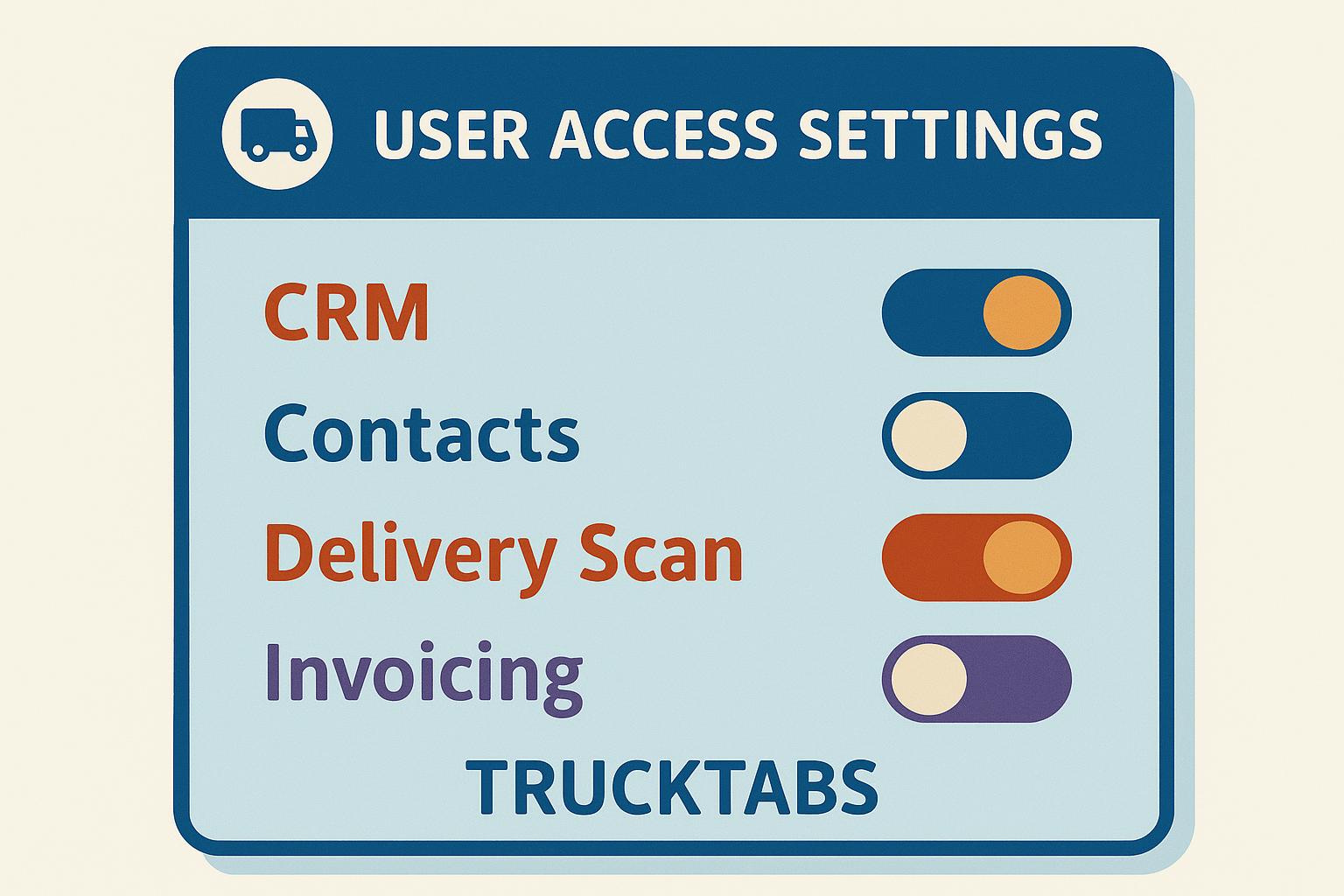How to Obtain an Oversize/Overweight Permit – Step-by-Step Guide
Transporting freight that exceeds legal size or weight limits requires more than just muscle - it demands meticulous planning and proper permits. Whether your load is wider, taller, longer, or heavier than allowed by law, you’ll need to secure oversize and/or overweight permits to stay compliant and avoid costly delays or fines.
This guide walks you through the full permit process step-by-step, so your next move is smart, safe, and fully legal.
Understanding Oversize and Overweight Permits
Before you hit the road, it’s important to know which type of permit you need:
- Oversize Permits are required for loads that exceed legal dimensions—typically over 8.5 feet wide, 13.5–14 feet high, or over 65 feet in overall vehicle length (varies by state).
- Overweight Permits are needed when the total vehicle weight exceeds 80,000 pounds or when axle-specific weight limits are exceeded.
Depending on your load, you may need one—or both—permits.
Step-by-Step Guide to Obtaining Permits
1. Determine What You Need
Start by understanding your load:
- Measure your cargo: Include all attachments and overhangs. Record total length, width, and height (from the ground to the top of your cargo), as well as the weight.
- Check state regulations: Permit thresholds and processes vary by state. For multi-state hauls, you may need permits from each jurisdiction.
👉 Tip: If you're hauling across state lines, consider using a permit service to simplify coordination.
2. Gather Required Documentation
Having your documents ready ensures a faster application process. Typical requirements include:
- Driver Info: Full name, CDL number, and contact details
- Vehicle Info: Truck and trailer license plate numbers, VINs, registration
- Load Details: Description of the cargo, dimensions (LxWxH), total weight
- Route Info: Proposed travel route, including start/end points and any requested detours
Some states may also require a map or justification for your route if alternate paths exist.
3. Complete the Application
Each state has a different platform for permit applications—some use state DOT websites, while others rely on third-party systems like CVIEW, SC&RA, or Superload.
General application process:
- Visit the state's DOT or permitting website
- Locate the oversize/overweight permit section
- Create an account (if needed)
- Fill out the application form accurately
- Upload supporting documents and route plans
- Pay any applicable fees
Permit costs may vary based on load size, weight, number of miles, and states involved.
4. Wait for Approval
Once submitted, your application will be reviewed for routing feasibility, road and bridge capacities, and regulatory compliance.
Tips to speed up approval:
- Double-check everything: Small errors (like a wrong plate number or axle weight) can delay approval
- Allow time for review: Some permits are issued within minutes; others (like superloads) may take 24–72 hours or longer
- Follow up if needed: If you don’t receive approval within the expected timeframe, contact the permit office for status updates
5. Receive and Carry Your Permit
Once approved, you’ll receive your permit—usually via email or direct download. Print it and keep it in the vehicle at all times during transport.
Be sure to review all terms, which may include:
- Time-of-day restrictions (e.g., daylight hours only)
- Holiday or weekend travel limitations
- Escort vehicle requirements
- Bridge or detour instructions
Violating any condition can lead to citations or revocation of the permit.
Tips for Quick Approval
- Know your state rules: Use official DOT resources or permit guides to stay current
- Stay organized: Keep digital and physical copies of key documents on hand
- Use a TMS or permit service: Tools like Transportation Management Systems (TMS) or third-party providers can automate applications, track approvals, and reduce manual errors
- Plan early: Especially for large or complex loads, starting the application 2–3 days in advance gives you a buffer for any corrections or rerouting
Conclusion
Obtaining oversize and overweight permits is a critical part of running a safe and legal trucking operation. By following the steps outlined above—determining your needs, preparing documentation, applying accurately, and reviewing your permit—you’ll avoid costly delays and keep your haul moving on schedule.
Need Help with Permits? TruckTabs Has You Covered
At TruckTabs, we specialize in simplifying the oversize/overweight permit process. Whether you’re hauling a wide load across one state or navigating a multi-state superload route, we provide expert guidance, fast turnarounds, and reliable service.
Get an instant quote to streamline your permits and get back on the road with confidence.










